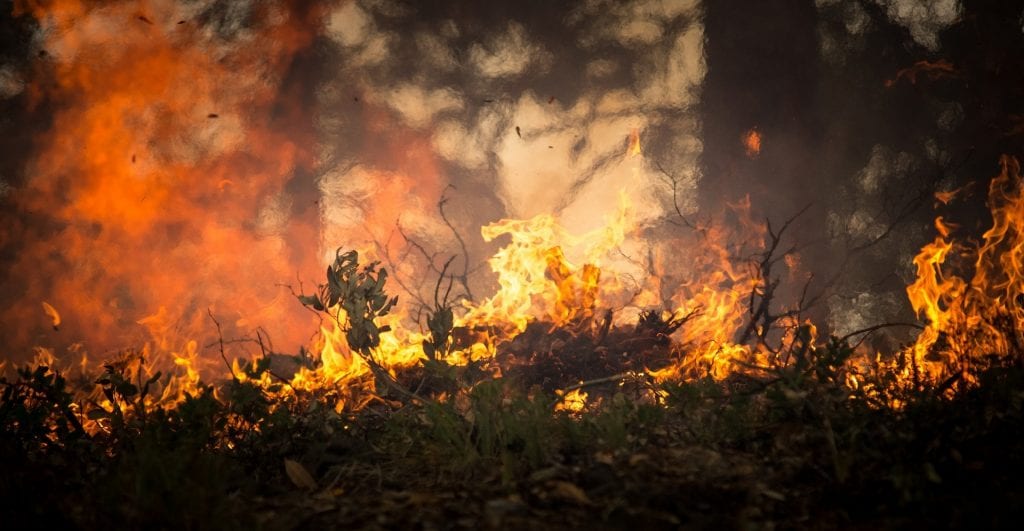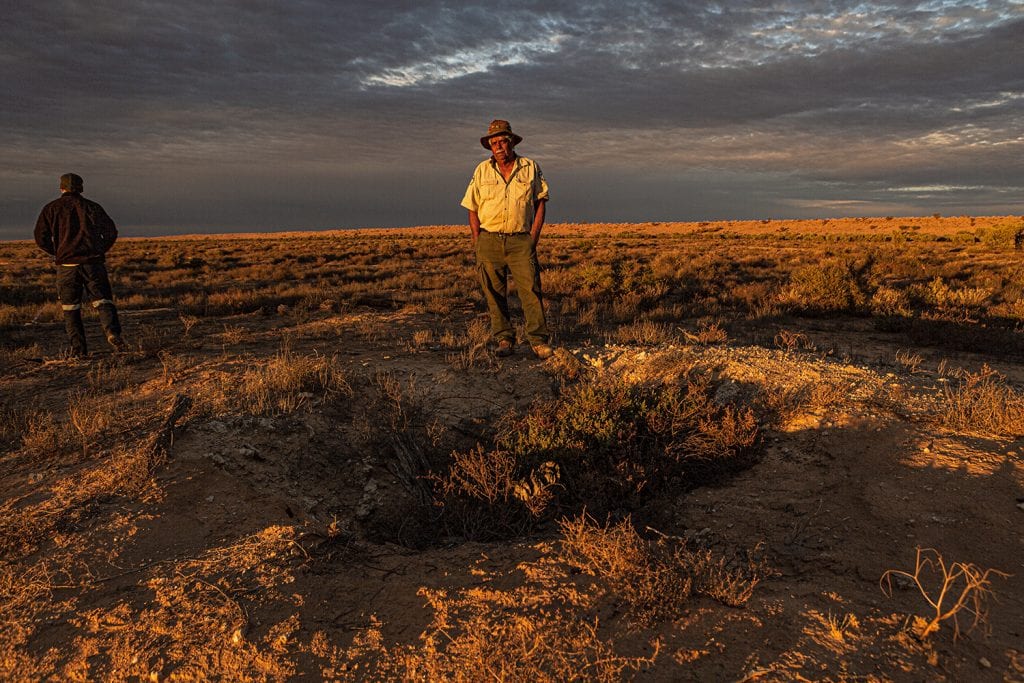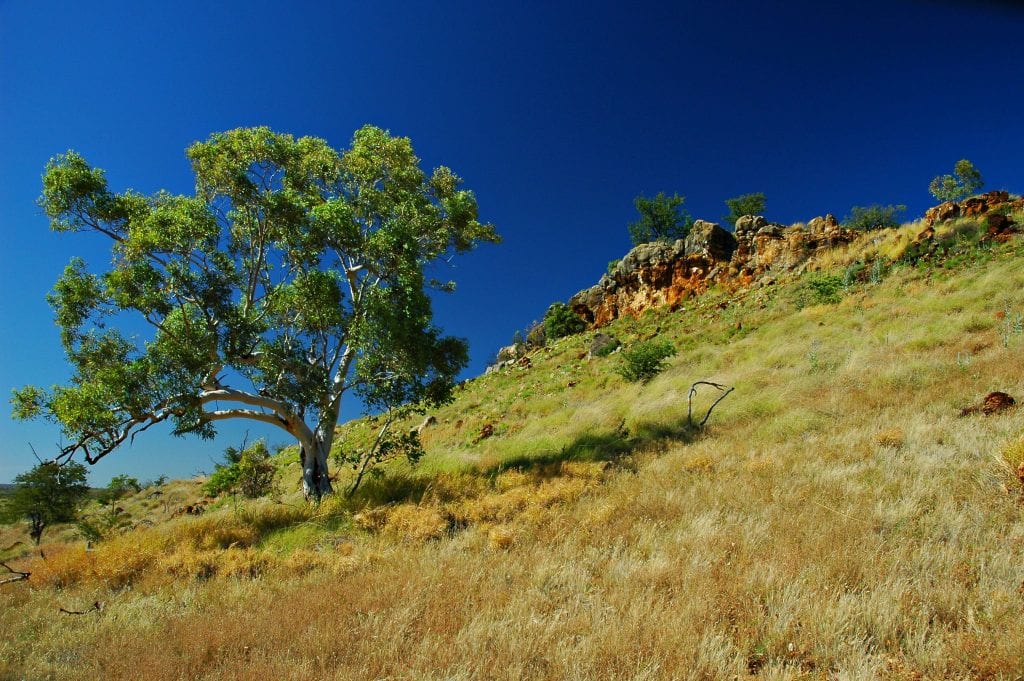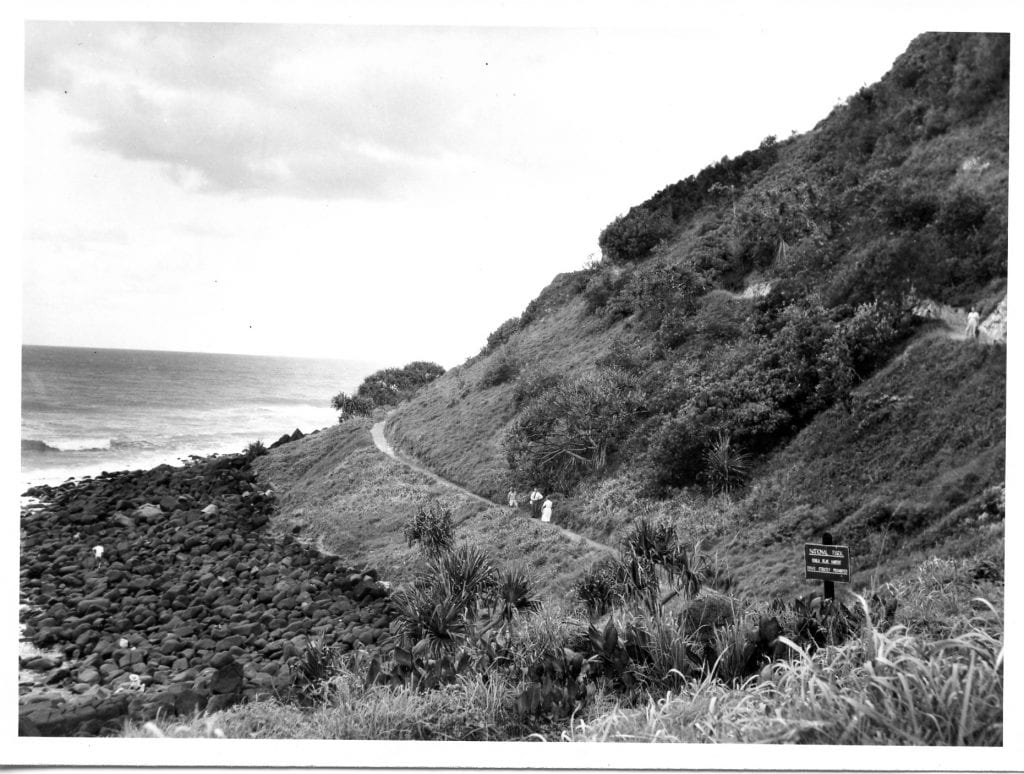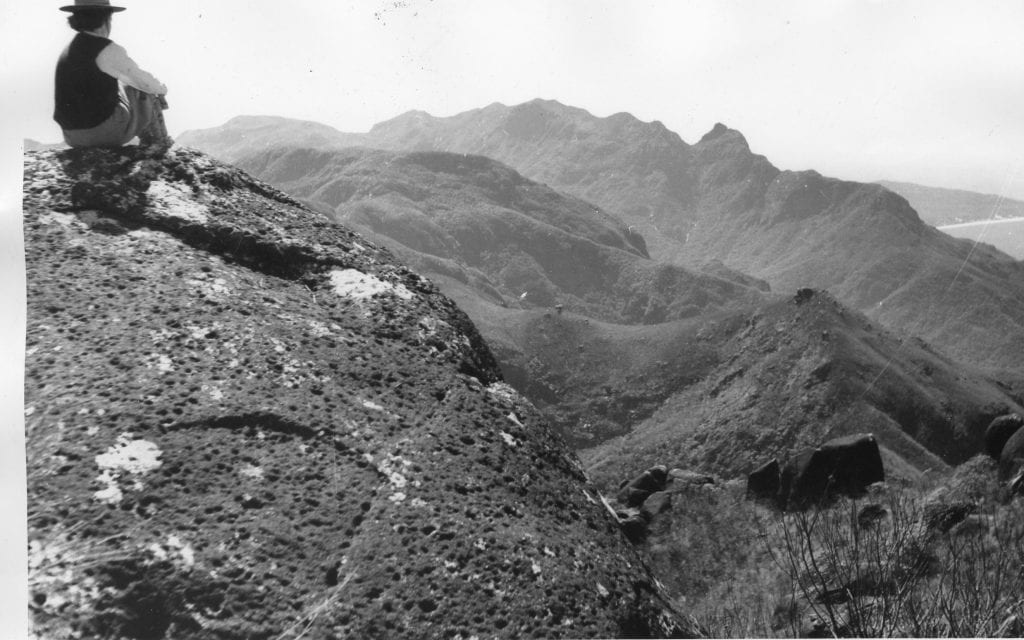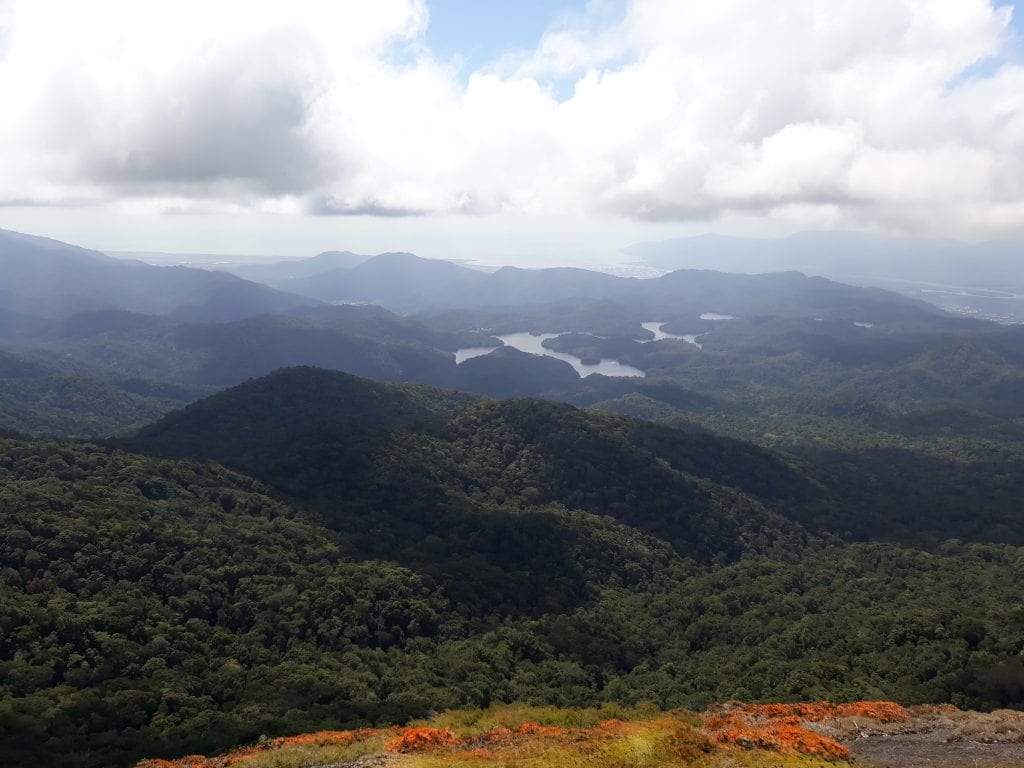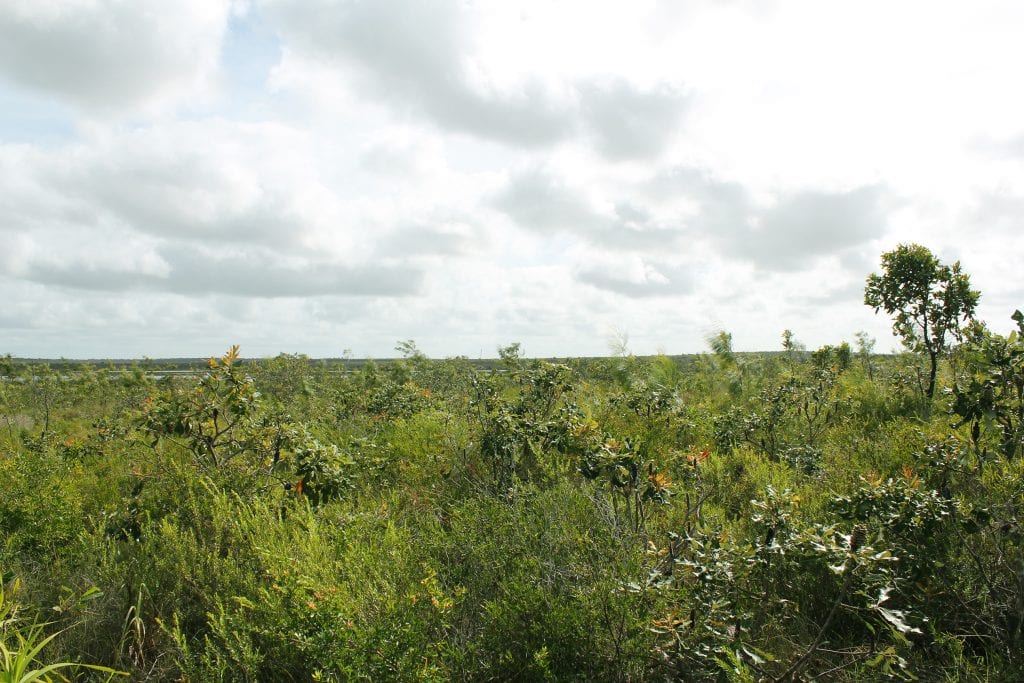Can we control fire with fire? Will more fuel reduction burning really save us and the bush we love? It’s time for a new approach, not failed remedies, says VNPA’s Phil Ingamells. We learnt as children that fire is a good friend and a bad master. And we’ve managed to tame fire in so many […]
Category Archives: State Forests
Don Rowlands, a Ranger In Charge and descendent of the Watti Watti family and the Wangkangurru Yarluyandi elder in Central West Queensland Region, is based in Munga-Thirri National Park, also known as the Simpson Desert. After some time working in the cattle industry, it was time for a change. Don has a passion for looking […]
Riversleigh World Heritage Site, Boodjamulla (Lawn Hill) National Park. Photo: James Fitzgerald. On NPAQ’s 90th birthday, we celebrate its many successes in securing Queensland’s magnificent national parks. However, the development of a representative national park estate across all bioregions has stalled in recent years. Disturbingly, this is at a time of unprecedented pressure on our […]
The National Parks Association of Queensland (NPAQ) has been active in increasing Queensland’s National Park Estate and seeking management of threats for 90 years. Romeo Lahey looms large in the establishment and early years of the Association. Lahey recognised that “no body of public opinion was organised to combat the influences which were operating against […]
1870-1929 (Pre-NPAQ) 1872 Yellowstone National Park – World’s first National Park 1879 The National Park declared under The Land Act 1897 (now Royal National Park), Australia’s first National Park 1900 Barron Falls earliest Queensland reserve (The Land Act 1897) 1906 The State Forest & National Parks Act 1906 (Qld) – first Australian legislation (and possibly […]
In October last year, NPAQ organised a seminar in Brisbane to discuss an important issue: the pros and cons of ecotourism in national parks. In the last edition we caught up with two of the speakers and now we present the views of the other two speakers to get their perspectives in more detail. David […]
Rob Miller is Ranger-in-Charge based in Mareeba on the Atherton Tableland in North Queensland. Initially his goal was to become a Forest Ranger so he attended Gatton Agricultural College and obtained an Associate Diploma in Forestry. Rob worked in forest management for Queensland Forestry from 1994 until 2002. Then a restructure saw many of the […]
We are fortunate in Australia to have some of the oldest and largest subtropical rainforest left on the planet. This has been achieved by the foresight of some of our pioneers who recognised the value of these special places that were, in some cases, being exploited for their timber, minerals and agricultural resources. The reservation […]
Studying past environments (palaeoenvironments) gives us a better understanding of how currently protected areas have (or haven’t) changed over thousands of years. Natural archives, such as lakes, capture this environmental information; sediments incorporating microfossils such as pollen, charcoal and other plant matter blown or washed into the water slowly build up and are preserved in […]
The advice provided in this article is for private land only, and perhaps Council land with permission. National Parks have a strictly hands-off policy, so nothing should be provided there. Fire is a natural phenomenon in many Australian ecosystems. Many of our open forest and heathland plants have adaptations to deal with it, and many […]


